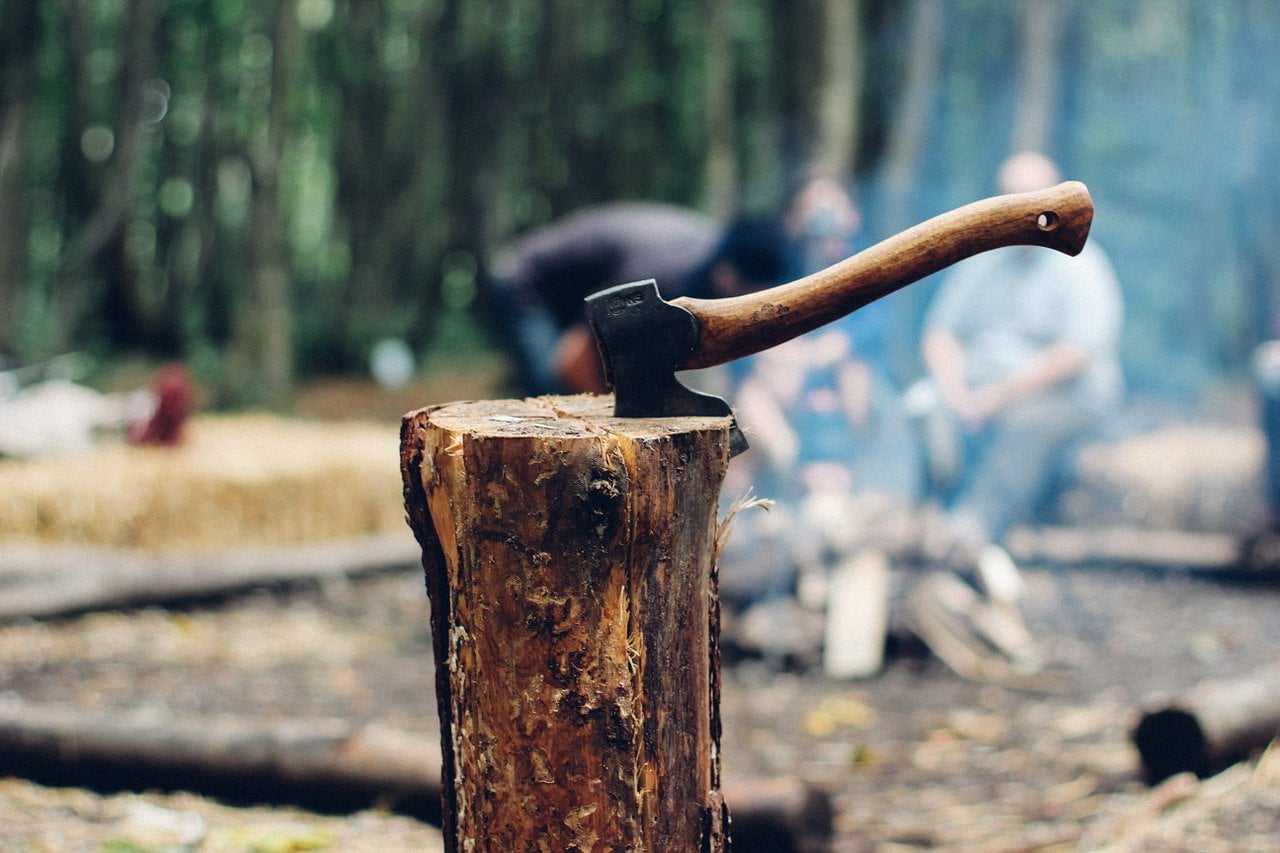The COVID-era housing market has been shaped and upheld by unique, counter-acting forces. Most of the media attention is flocking toward the political and governmental events that feel consequential. When the Federal Reserve recently announced their plans to maintain the already record low interest rates, for example, it quickly became the popular topic.
Q2 2021 hedge fund letters, conferences and more
It's true that the price hike in home prices is a product of things like lower mortgage rates. But it’s also a product of supply chain disruptions and excesses, and throughout the pandemic home building era, the most notably supply chain disruption has been the demand for, and supply of, lumber.
Sky-High Prices, Dry Supply
Reaching its highest peak at USD 1,671/000bf, lumber prices have been one of the main cost determining forces affecting the people who have hands on in the home building, home buying landscape. That peak was miles above the normal long-term average, and came at the end of a long, steady climb.
It was, though, an unsurprising climb that can be understood from many angles. The obvious challenges in supply fulfillment throughout the COVID-19 pandemic was an effective bottle neck in America’s ability to attain the lumber needed for new construction starts. When workers needed to stay home in order to stay safe, domestic mill production was significantly reduced. In addition, ongoing tariffs on the Canadian lumber transport was compounding the reduced supply effect, and the border closure left much less liquidity between the two countries for supply and demand exchange.
With those two supply related factors, the ratio of available lumber supply to necessary demand dropped by almost 50%. But importantly, there was also a significant amount of market action that was increasing the demand.
Mid-Crisis Demand - A 'Grass is Greener' Effect?
Despite the slim and diminishing supply, demand for new construction projects remained particularly high. Contrary to what was expected considering the financial implications of the pandemic and the recessive economy it brought with it, the housing market was booming and it hasn’t yet slowed down. New research shows that between September of 2019 and September of 2020, homeowners collectively added a total $1 trillion in additional home equity. The amazing demand on the part of home buyers, and the ongoing lower-than-average supply of homes, continued to push prices higher and higher.
For home owners, which constitute about 65% percent of those properties earning the extra equity, this was likely much-needed good news. As home prices soared, there was also a noticeable uptick in the amount of renovation projects. Whether the appetite for in-home construction was a result of home owners preparing to put their properties into the once-in-a-lifetime market, or simply the outcome of families at home having more time on their hands, it was another factor that was creating more need for lumber. Understandably, then, the demand part of the lumber future equation was well-supported by an active home building and home buying market.
Finally, the age-old habit of hoarding in the face of scarcity was also driving demand for lumber upwards. Seeing the initial price spike, there seemed to be a tendency on the part of larger construction companies to place their orders and sit on large quantities before the prices soared any further. As a result, it was almost impossible for smaller suppliers and regional builders to secure the supply they needed.
Effect On The Market - Looking Back, Looking Forward
Like most things, the effect of high lumber prices in the market has two sides. Generally, bottle-necks are negative—a healthy market is supported by the free flow of supply as it’s called for by the demand. Experts with UBS reported that by the end of April, after months of those high prices, the National Association of Homebuilders announced that rising lumber costs were adding about $36,000 into the price of a median size, American home.
Prospective home buyers were being priced out of markets they could otherwise afford, not only by the bidding wars and the high interest, but also by that price shift stemming from the cost of lumber. However, there was a potential for a small silver lining. The constrained supply of lumber might have been one of the main limiters that prevented over-inflated market activity. The drama of the initial price spike caused homebuilders to slow their sales pace and extend their cycle times. And now that prices are coming back down, we might be closer than we otherwise would have been to a healthier market landscape, for home buyers, investors and builders.
A report by UBS shows clearly that as of the middle of June, lumber futures had declined to USD 898/000bf. While that number is still higher than the normal long-term average, it represents an incredible decline of 46.2%.
And it’s a decline that is expected to continue. Studying the current curve, experts are looking forward to subsequent declines, and many have predicted that the price will hover around USD 681/000bf by the end of this month. From the initial peak price, that would be a 70.4% drop.
As those prices continue to drop, market action will follow. The return to a more normal supply chain will cause panic-buyers to de-stock, releasing more pressure on the demand, and financial players will similarly start to roll back their futures positions. Simultaneously, the return to business activity will increase lumber production in domestic mills, leading to continued increases in availability.
There is, therefore, more room for lumber prices to fall. But it’s a safe bet to say that they’ll remain above the traditional long-term average for a significant amount of time. The increased available supply is quickly absorbed by the ongoing strength of market demand. Single family unit sales continue to rise, and construction starts have yet to waver. With the aforementioned factors at play—lower mortgage rates, freedom to relocate—the strength of the housing market should continue, and the resulting value of lumber, as a crucial good in the industry, will remain high.






